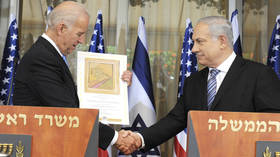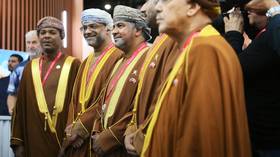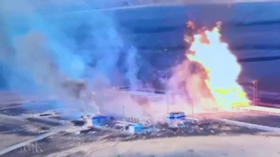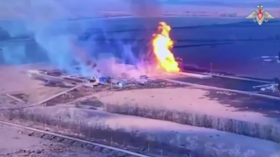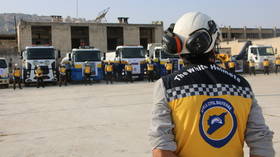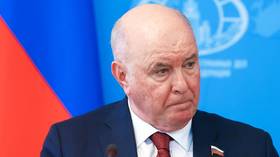‘It all came from the West’: Who is behind the golden age of terrorism in the Middle East?

At its peak, ISIS controlled one third of Syria and about 40 percent of Iraq. Various groups in Africa pledged loyalty to its leader, and cells of the organization carried out attacks in the heart of Europe. Various actors, local, regional and international, exerted efforts to curb the spread of the cancer but today their radical ideas persist.
Sheikh Mohammed al-Tamimi still remembers June of 2014, when Abu Bakr al-Baghdadi, the then-leader of ISIS, a Sunni terrorist group, announced the establishment of a caliphate stretching from Aleppo in Syria to Diyala in Iraq.
In those days, Al-Tamimi was a commander in the Faylaq al-Wa’ad al-Sadiq forces, a Shiite militia linked to Iran that was originally established to defend Iraq from American and British occupation in 2003 but was later developed into a force fighting to secure Iraq and neighboring Syria from the threat of ISIS.
In 2014, Al-Tamimi participated in many battles, where he and his fighters faced off against the ISIS terrorists.
In June 2014, for example, he undertook his first air descent operation at Speicher Airbase in Salah Al Din province with the aim of saving a group of commanders, officers and fighters who were besieged in the area – a task he and his 250 fighters successfully accomplished. Later that same month, he led an operation to free hundreds of hostages at Tikrit University. His men wouldn’t rest until the last ISIS terrorist was eliminated.
“Those were really sad days,” recalls Al-Tamimi. “Terrorists were seizing control over large parts of the four Sunni provinces, and quickly advancing thanks to the support of sleeper cells and the backing of the Sunni Muslim community.”
The beginning of the nightmare
In 2003, after the US invasion of Iraq, Sunni Muslims, a national minority who had enjoyed a privileged status under Saddam Hussein, started to be persecuted. The new, Shiite government discriminated against the Sunnis in everything from bureaucracy and politics to business and security jobs, leading to frustration and general dissatisfaction. When ISIS came and vowed to change all that, many Sunnis extended them a helping hand.
Al-Tamimi says ISIS managed to sell them a dream. “Their idea was to overthrow the political systems in Iraq and Syria to establish a Sunni caliphate. Their clerics issued fatwa [religious rulings - ed.], calling to eradicate anyone who would not go by their fanatical teachings. Those fatwas came from Saudi Arabia, and were supported by Qatar. Money, arms and fighters were streaming from the West. Everything was going according to plan,” he explains.
By September 2014, ISIS already controlled most of Iraq’s northwest. Large parts of Syria - that since 2011 had been fighting various armed groups, were also under its control. There too, ISIS was bolstered by local Sunni tribes who were frustrated by long years of dry seasons, dire economic conditions and the negligence of the Syrian government.
Lamis Jdid, a researcher of international relations and a native of Aramo, a tiny village in the Governorate of Latakia, some 30 kilometers away from the Mediterranean, describes how the life of her community was shattered when ISIS started taking over.
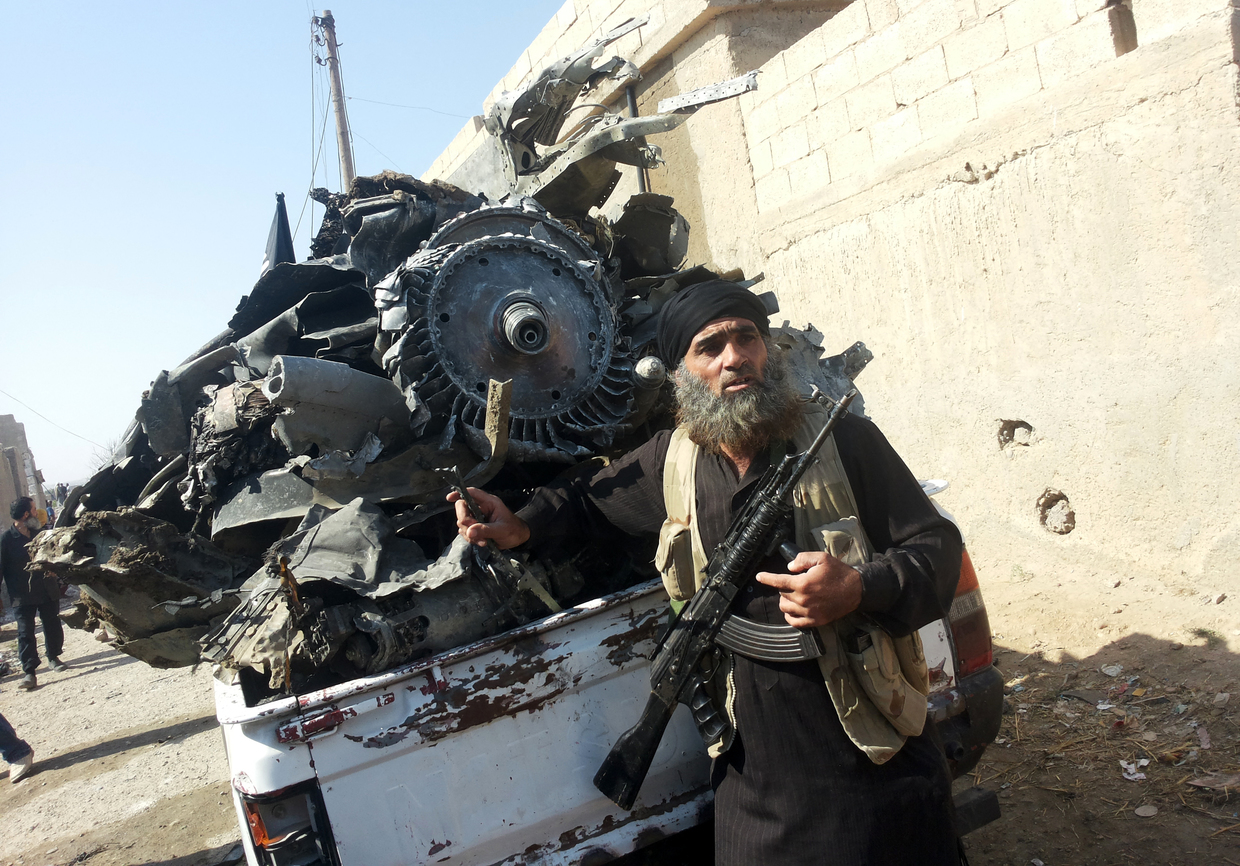
“In August 2014, twenty armed groups belonging to the Syrian opposition, comprised of ISIS, Ahrar al-Sham, Al-Nusra and others, launched an attack on many villages close to the northern Turkish border, including Aramo. They killed 190 people and took 240 others into captivity. Most of those were women and children.”
“They destroyed holy places and harassed minorities. All of us were terrified by their presence. My family that still lives in Latakia did not dare to go to the village or take the road to Damascus. Such a trip could cost an Alawite their life. My Christian friends had to cover their heads when moving from city to city, out of fear of being stopped and attacked by ISIS groups.”
The Syrian Army, which was forced to fight multiple radical groups simultaneously, needed to prioritize. Its efforts were primarily focused on two axes: Damascus-Homs-Hama-Aleppo and Hama-Tartus-Latakia. Small cities and towns, especially on the outskirts, fell prey to ISIS gangs.
Then, their threat started to spill over, far beyond the borders of the Middle East. In Africa, many small terror groups started pledging loyalty to Abu Bakr al-Baghdadi, the then-leader of ISIS. Europe was shattered by several terror attacks carried out by the group’s loyalists.
Who finished this?
Action was necessary. In September 2014, the US established a Combined Joint Task Force – uniting 87 Western and Eastern partners – to fight the threat of ISIS. During the first five years of its existence, the alliance pounded Syria and Iraq with thousands of bombs. It killed hundreds of ISIS terrorists and detained thousands of others. In 2019, after Al-Baghdadi was eliminated, the US and their allies claimed victory in the fight against ISIS. But Al-Tamimi says it wasn’t the US that helped stop the threat of ISIS.
In June 2014, a Shiite leader, Sayyid Ali al-Husseini al-Sistani, issued a fatwa calling on the Shiites in Iraq to rise in defense of their motherland from the hordes of ISIS invaders. Thousands rose to the occasion, forming the so-called Popular Mobilization Forces (PMF), an alliance of 67 armed factions boasting some 100,000 fighters.
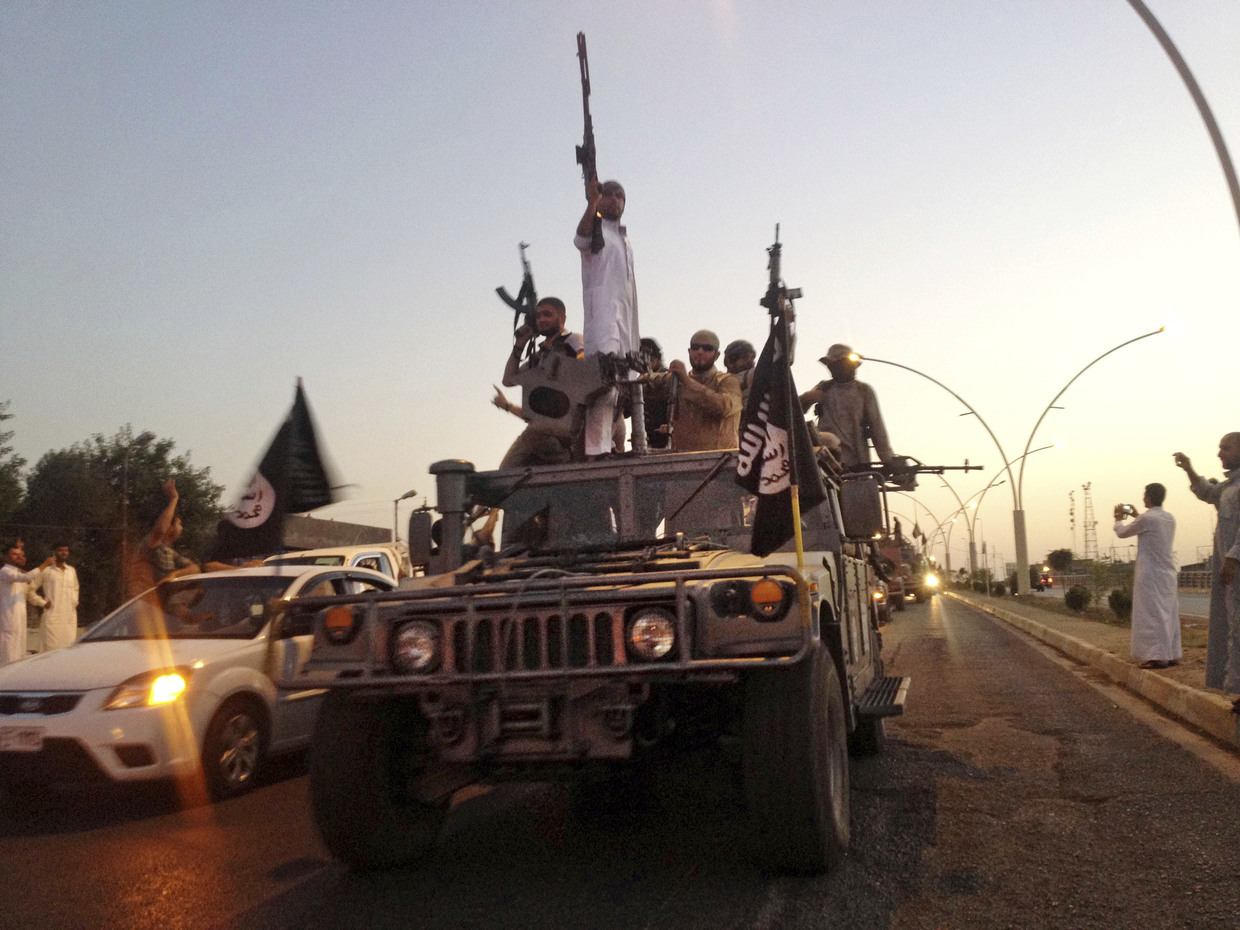
“This was the force that blocked the advancement of ISIS,” says Al-Tamimi. “Iranians also played a pivotal role, as they provided advisors and weapons. Russians came to the rescue too, supplying support to the Iraqi government and the PMF. The Americans, on the other hand, were the ones who supported terror groups, feeding them with weapons and military equipment. Holders of European passports were fighting in the ranks of ISIS; money was flowing from the West,” he added.
Ali Yahya, a political analyst and international affairs advisor based in Beirut, knows well the history of ISIS, and he agrees with the claims put forward by Al-Tamimi.
“It is not the first time that the US is stealing victory and changing the narrative,” he says. “The Red Army was the main power that eliminated Nazism, whereas Washington waited until June 1944 to open a front. Nevertheless, they claimed victory in that war, sidelining the achievements and the sacrifices of the Russians. It is true in the case of ISIS as well.”
According to Yahya, in 2014 the Iraqi government approached the US asking to supply them with the weapons they needed to fight the ISIS insurgency. The Americans agreed but said that the first shipments would only arrive in 2020 - a luxury Baghdad could not afford. When the Iraqis understood Washington‘s terms, they quickly turned to Iran and Russia for help, and they delivered.
“It was thanks to them that Iraq started to gradually break ISIS. When the Americans came to the realization that the Iraqi forces would soon destroy the group, they joined forces in the final battle of Mosul so that later on, they could claim victory over the organization.”
More blood in the future?
That victory was proclaimed in 2019, but even after ISIS lost most of its territory, the allies of the Joint Task Force continued to carry out attacks in Syria and Iraq, under the pretext of fighting terror. Al-Tamimi has been fighting the Americans, demanding that they leave his country.
“Today, thanks to the efforts of our heroes and the supreme religious authority, Iraq is capable of eliminating any terror organization. Iraq is under the control of the state. ISIS is now a thing of the past, it cannot make its way back to Iraq,” he claims.
Statistics, however, paint a different picture. According to US Central Command data released in January 2024, ISIS still boasts some 2,500 militants in Iraq and Syria, of whom about 1,000 are at large in Iraq. A non-profit group called the Counter-Extremism Project reported that there were at least 69 ISIS attacks in Syria in March alone.
“The problem with fanatics is that it is not an organization, it is an idea. So how can you possibly destroy it?” asks Jdid.
“Of course there should be a security arrangement in the whole region to weaken those groups. But we also need to think about educational, social and economic solutions to eradicate terror. In Syria this could be empowering secular education, separating religion from state and fighting corruption,” she concluded.
